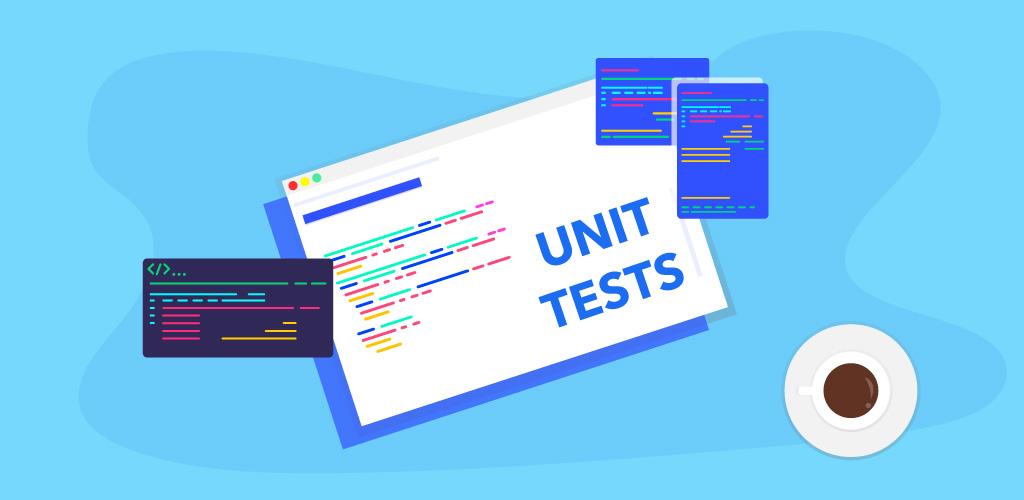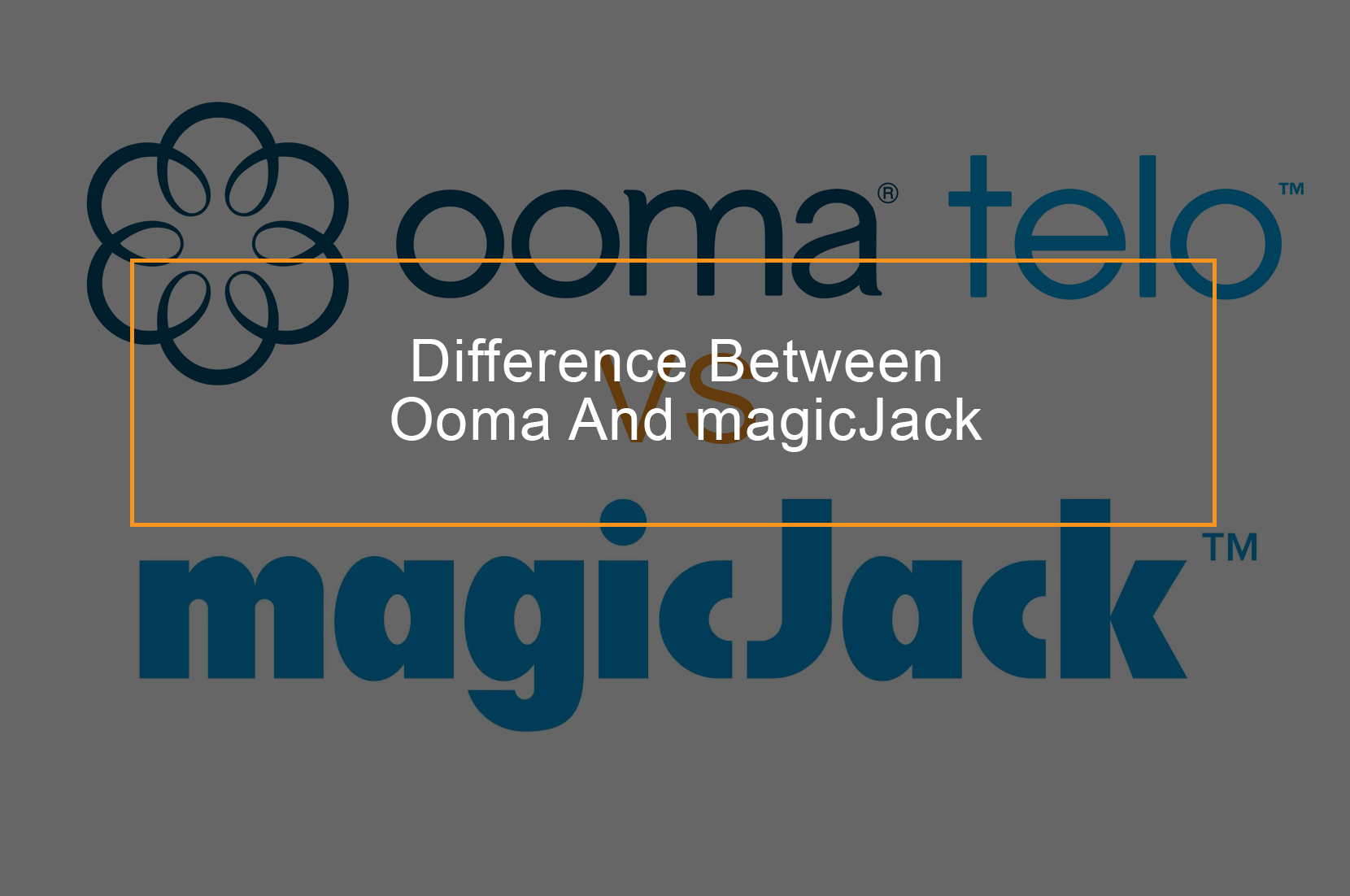Contact Center vs. Call center: What is the difference?
 The significant difference between a call center and a contact center is that whereas a call center is centered on incoming and outgoing voice calls, a contact center is able to control customers with both data applications such as web-based messaging or chat, instant messaging, email, and in some situations will include the ability to share web pages sent to and from the user.
The significant difference between a call center and a contact center is that whereas a call center is centered on incoming and outgoing voice calls, a contact center is able to control customers with both data applications such as web-based messaging or chat, instant messaging, email, and in some situations will include the ability to share web pages sent to and from the user.
The entire functional contact center takes advantage of consumer needs for and visual communications and text in addition to phone calls; basically, a contact center also utilizes blended agent, who can control many kinds of voice and data-centric customer communications.
For most people, it would be hard to point out the difference between a contact center and call center. Both services are tools for customer service, and both involve phone channels. That is a similarity; in this article, we are going to differentiate the two.
What is a contact center?
Contact center operation
Contact centers are a comparatively new solution. They do not have a negative reputation which call centers frequent suffer. A contact center is also known as customer interaction or e-contact center. It is a central point from which all consumers contacts are controlled.
A contact center includes one or more call centers but may include other kinds of customer contact. Generally, a contact center is part of an enterprise’s overall customer relationship management, CRM strategy.
Contact center vs. call center
As content personalization sites become more widely adopted, it is essential to have a clear understanding of contact center and call center operations. Contact centers and call centers are both centers for customer service, and often the two terms are used commutable, but they are not identical.
A call center and contact center are both similar, but the main difference of the contact center vs. call center is that contact center offers more services than a typical call center. Contact center offers additional services such as direct website interface, fax services, text chat, email, and VoIP telephone services.
A contact center caters to the growing need of offering customer support; increasingly, consumers expect organizations they patron to be available on several channels including social media platforms, and to provide consistent, qualified service on all of them. Contact centers can also be managed by outside organizations, and are used to handle customer service but also to take on other activities like debt collection, telemarketing, and billing facilities.
When it comes to call centers, their most common uses are telemarketing as the cost of employing a cost center is always cheaper than hiring an in house team. Call centers can also be used to prevent fraud by having your staff follow up on purchases and transactions. You can also use the call center to have your team take collection calls can be a great way to consistently follow up on debts without having to assign you in house employees to it. Lastly, you might want to utilize your collected information on your leads, or customers by having them a call and current short surveys to figure out what products and services would best serve their desires in the future.
A contact center is supported by mathematical models like operations research, queuing theory, and operations research, who consider them to be a form to solve a wide variety of optimization issues.
Contact center key features
-
Modularity
Contact center supervisors can toggle their subordinates access and priorities for maximum efficiency in real-time. Shared objectives and contacts indicate that the contact center agents can work together as a team, though they are all manning individual stations, several outbound calls, channels, or inbound calls. This also enables for tighter security, secure data, and security measures.
-
Advanced call distribution
Contact centers are equipped with features that are modified to distribute calls efficiently to maximize the number of fielded calls, whereas keeping consumers satisfaction high. An example of such a feature is interactive voice response, which boosts first call resolution by directing a call the most qualified agent. This enables your employee’s diverse skill-sets to be useful to your consumers.
-
Scripts
Contact centers frequent work using customized scripts for every customer interaction. This provides agents a blueprint for sales and support and can aid with confidence when handling bad issues. Scripts work over the phone, but a medium covered by a specific contact center. Nonetheless, part of being a good contact center agent can deviate from a script when the case calls for improvisation.
Types of contact center and call center
Two kinds of the call center
-
On-premises call centers
On-premises, call centers to function right in your offices, infrastructure, hardware, and software. Your employees take care of configuration, maintenance of your IP PBX or PBX, and installation.
-
Cloud-based call centers
Cloud-based call centers function thanks to software hosted in the cloud by a service provider. Subscribers only need a PC or smartphone with an internet connection to access the service. Virtual call centers differ from onsite ones since the upkeep is the responsibility of the service provider, so users may focus on running their businesses.
Types of contact centers
-
Cloud-based contact centers
Cloud-based contact centers are clouded on a cloud provider’s internet server and are the point from which all inbound communications filter.
-
Hosted contact centers
These are contact centers where the contact center infrastructure is outsourced to another business that controls the systems externally. This frequent leads to a better return on investment for companies by reducing upfront costs and maintenance of the infrastructure.
-
Virtual contact centers
A virtual contact center enables staff employed by the organization to work remotely from home. Virtual contact centers allow flexibility and comfort for the agent, whereas simultaneously reducing costs for the organization.
-
Contact center technologies
A contact center utilizes specialized contact center applications that allow contact information to be routed, contacts to be tracked, and data to be collected. Technologies within contact centers include;
- Automatic call distributor system
- Email response management system
- Interactive voice response system
- Knowledge management system
- TTY/TDD communications
- Workforce management system
Using call center vs. contact center
Most businesses are opting for virtual call centers over contact centers, and the main reason is specialization. The fact remains that epimedium service is now an obligation for companies. Nonetheless, outsourcing to a contact center for all support or sales needs is not the only possibility. Depending on the service of multiple, dedicated service providers for every channel is a choice.
Call centers offer the very same highly specialized features discussed above, like IVR, data analytics, and programmed call routing. Nonetheless, they modify those features to make the phone mediums the best it can be.
However, one of the chief complaints of both the call center and the contact center is the language barrier which happens when these centers are located internationally from the business, which is outsourcing to them and their consumers. With the emergence of virtual call centers, a growing number of companies can employ remote agents from anywhere in the world and can stay connected. This way, consumers can always count on finding a suitable interlocutor.









